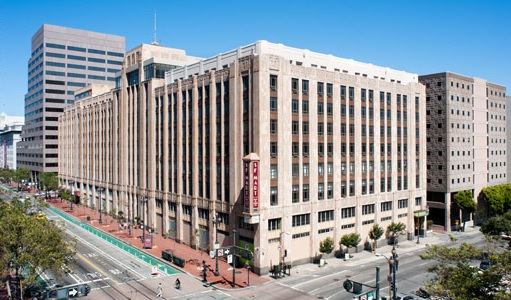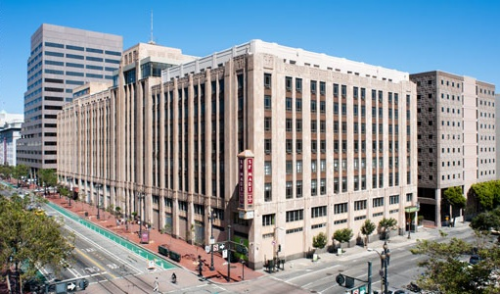
Commercial real estate construction is booming throughout the San Francisco Bay Area. From the mid-Market area, south to the Peninsula (San Mateo, Redwood City, and Santa Clara), and east to Oakland; commercial developers are building to satisfy the insatiable need for commercial space. The amount of new commercial square footage being added to the market resembles that of the early 2000s tech boom and bust era. While most of this development is speculative in nature, recent statistics indicate that this new supply of commercial space is being absorbed quickly. What has spawned this demand for urban commercial sprawl?

In 1986, the San Francisco City Council passed Proposition M. The proposition, sponsored by San Francisco voters, limits the maximum amount of new high-rise development to 475,000 square feet per year. At the time, it was the first restriction of its kind in the United States. The voters’ goal in sponsoring Proposition M was to create new planning and design measures that would protect affordable housing, small businesses, and San Francisco’s unique neighborhood character from North Beach to the Sunset and south to Hunter’s Point.
For many years, Proposition M enjoyed strong support. As rents increased, residents moved from the borders of San Francisco and spread to Silicon Valley. However, younger generations want to live and work in the same city. Unfortunately, the amount of available commercial space in San Francisco cannot meet this demand. Landlords aware of this shortage have responded by demanding higher rents that only tech companies can afford. With companies like Salesforce.com building new, large office buildings that consume most of the 475,000 square feet allotment each year for their own operations, numerous tenants are being squeezed out of San Francisco and have had to find office space in the surrounding areas.
As rents continue to increase in San Francisco, it is worth monitoring whether the city looks to update Proposition M to allow for more high-rise construction per year or will the Bay Area continue to restrict construction and encourage rent growth? Only time will tell, but for now developers and landlords will continue to reap the benefits.
